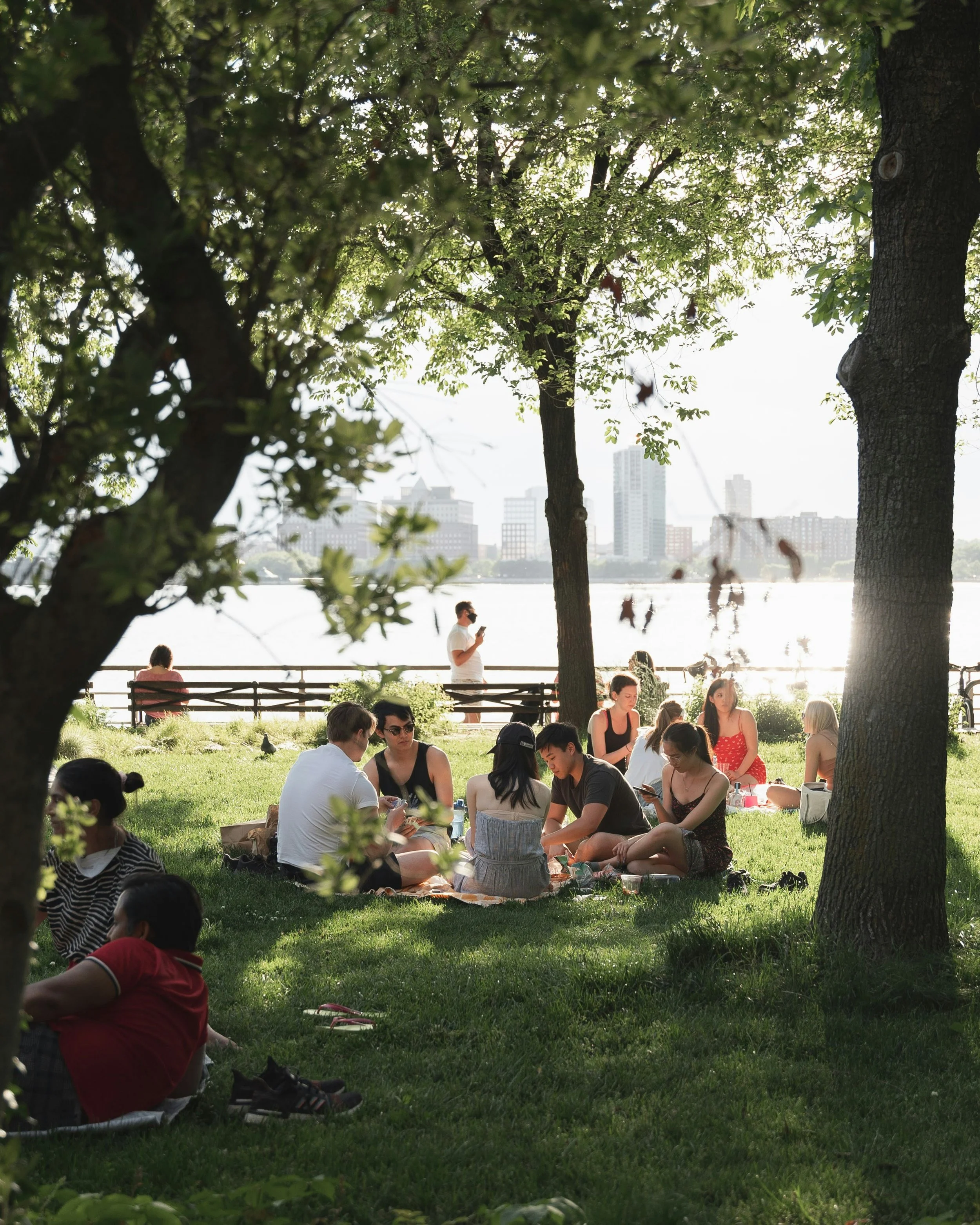10 Effective Strategies to Manage Stress and Anxiety for Everyday Life in NYC
Living in New York City can feel like you’re always on. The noise, the crowds, the hustle are all constant. And if you’ve been trying to manage stress and anxiety on your own, you’re probably exhausted.
You might look like you’re holding it all together on the outside, but inside, your nervous system is begging for a break. Maybe it shows up as racing thoughts that never seem to stop. Or a tightness in your chest that you’ve learned to ignore. Or that sense that if one more thing goes wrong, you might just completely explode.
If any of that feels familiar, you’re not alone. And more importantly, there are ways to feel better. In this post, we’ll walk through ten practical, down-to-earth techniques that you can start using right now to bring more calm, clarity, and ease into your everyday life.
Why Creating Healthy Habits Relates to Stress and Anxiety
Before we dive into the strategies, it’s worth saying this: the habits you create (or don’t create) are shaping your stress levels more than you probably realize.
When your nervous system is in a constant state of “fight or flight,” the structure of healthy habits acts like a grounding force. Routines don’t have to be rigid or boring. In fact, the right ones help your body and brain feel safe, steady, and supported. Think of them as your emotional scaffolding.
Let’s be real though—this is NYC. Some days you’re skipping breakfast while racing for the A train, replying to emails in the Uber, and eating lunch (if you eat at all) while standing at your desk prepping for the next meeting. There’s barely space to breathe, let alone “build a wellness routine.”
But even amidst the chaos, tiny habits like starting your morning with five minutes of stillness or ending your day with a calming wind-down can send powerful signals to your body that it’s safe to relax. And that’s where the healing starts.
10 Strategies to Help You Manage Stress and Anxiety in Everyday Life
1. Acknowledge Your Stress Signals Early
Stress doesn’t always shout, it whispers first. Pay attention to the tight jaw, the skipped lunch, the snappy tone. These are your body’s early alerts that something’s off. Noticing them sooner gives you the chance to pause before burnout hits.
2. Mindful Breathing: A Portable Reset
You don’t need a meditation cushion or a quiet room, just one breath. Try inhaling for four, holding for seven, exhaling for eight, and repeating the cycle again. Even one minute of this on the subway or in the bathroom at work can signal your body: you’re safe now.
3. Movement That Calms, Not Drains
When your body is already stressed, high-intensity workouts can add fuel to the fire. Gentle stretching, slow walks through Prospect Park, or dancing in your kitchen can offer relief without overwhelm.
4. Set Boundaries with Screens and Social Media
Doom Scrolling isn’t downtime. Protect your peace by taking intentional breaks from screens, especially before bed. Try swapping your phone for a book or a moment of quiet before sleep. Your brain (and heart) will thank you.
5. Schedule “Worry Time”
It sounds backward, but giving your anxiety a scheduled space actually helps quiet it. Set a 15-minute window to write out worries, then shift gears. You’re training your brain that you’re in charge, not the spirals.
6. Say No to the NYC Hustle Culture (When You Can)
You don’t have to say yes to everything. The pressure to “do it all” is relentless here, but rest is not laziness. Saying no creates space for what actually matters: your wellbeing.
7. Anchor Your Day with Supportive Relationships
You don’t need a dozen deep connections—just a few real ones. Text someone who gets you. Make eye contact with your favorite barista. Human connection, even in small doses, has huge regulating power for your nervous system.
8. Practice Letting Things Go
Not everything needs your energy. Sometimes the most powerful move is to say, “This is out of my hands, and I’m choosing peace anyway.” Self-compassion and surrender aren’t giving up, they’re choosing softness in a hard world.
9. Create Micro-Moments of Peace
A warm mug of coffee. Sunlight through your window. Two minutes of stillness before a meeting. These aren’t luxuries, they’re lifelines. Start collecting these tiny pauses like gifts throughout your day.
10. Know When to Reach Out for Support
Trying to manage everything alone is exhausting. Therapy can be the safe space where you learn to untangle your stress and feel more like yourself again. Asking for help isn’t a weakness, it’s wisdom.
Peace isn’t something you have to earn by finishing your to-do list. It’s something you can practice, even in the small, quiet moments.
How to Incorporate Stress and Anxiety Techniques into Your Everyday Life
The goal isn’t to get it perfect, it’s to stay consistent. These techniques work best when they become part of your rhythm, woven into the life you’re already living. You don’t need to overhaul your whole day. You just need small moments of intention.
Morning calm: Before diving into your to-do list or checking your phone, take a few slow breaths. Let your feet touch the floor and give yourself a quiet moment to arrive in the day.
Mid-day reset: Find a pause. Step outside, drink a glass of water slowly, or take one mindful breath between meetings. These quick resets help regulate your nervous system and bring you back to center.
Evening wind-down: Signal to your body that it’s time to rest. Turn off screens earlier than usual, dim the lights, and do one small thing that soothes you like stretching, journaling, or simply sitting in silence for a few minutes.
These rituals may feel small, but they can have a big impact. The more often you practice, the more your body begins to trust that calm is possible even in the middle of a full day.


